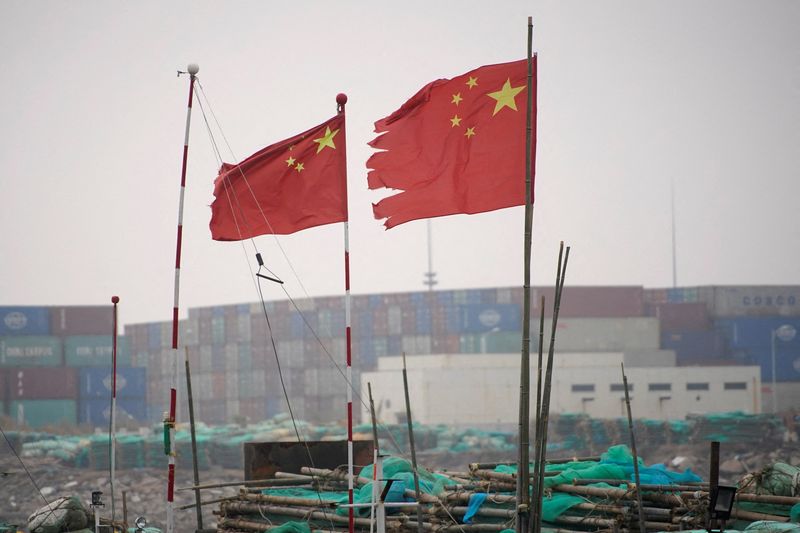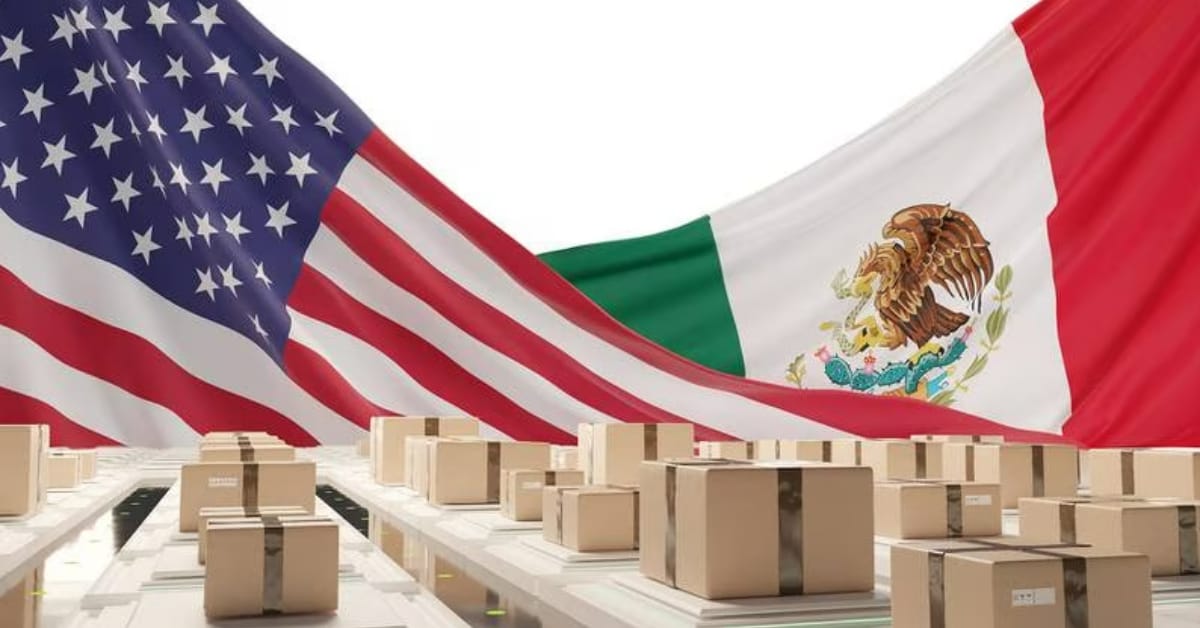Alright, folks, buckle up. Fed Chair Jerome Powell just dropped a truth bomb that should be reverberating through Wall Street. During a Q&A at the Economic Club of Chicago yesterday, Powell admitted that the tariffs implemented by former President Trump exceeded even the Federal Reserve’s most pessimistic projections. Let that sink in.
This isn’t some academic debate; this is a confession that those supposedly ‘data-driven’ forecasts completely missed the mark. We’ve been warning about the unpredictable nature of trade policy for years, and it turns out our concerns were, yet again, tragically understated.
Powell’s statement, “Tariffs were higher than expected, certainly higher than forecasters expected, and higher than our high-end estimates,” is a stunning admission. It speaks volumes about the difficulty of modeling economic outcomes when political forces are so volatile. These tariffs didn’t just add a little friction; they became a significant headwind.
Understanding the Impact: A Quick Deep Dive
Tariffs are essentially taxes on imported goods. They’re designed to make foreign products more expensive, theoretically encouraging domestic production. However, they also raise costs for businesses and consumers.
Historically, tariffs have often triggered retaliatory measures from other countries, escalating into trade wars. This results in disrupted global supply chains and slower economic growth.
Powell’s revelation highlights the limitations of traditional economic modeling in an era of unpredictable policy decisions. We need to rethink our approach to risk assessment.
Ironically, the Fed has been battling inflation, and tariffs directly contribute to inflationary pressures. So, while they’re trying to cool the economy, past policies are actively working against them. The irony is…well, it’s almost comedic if it weren’t so damaging. This isn’t just about the past; it’s a stark warning about the future.






